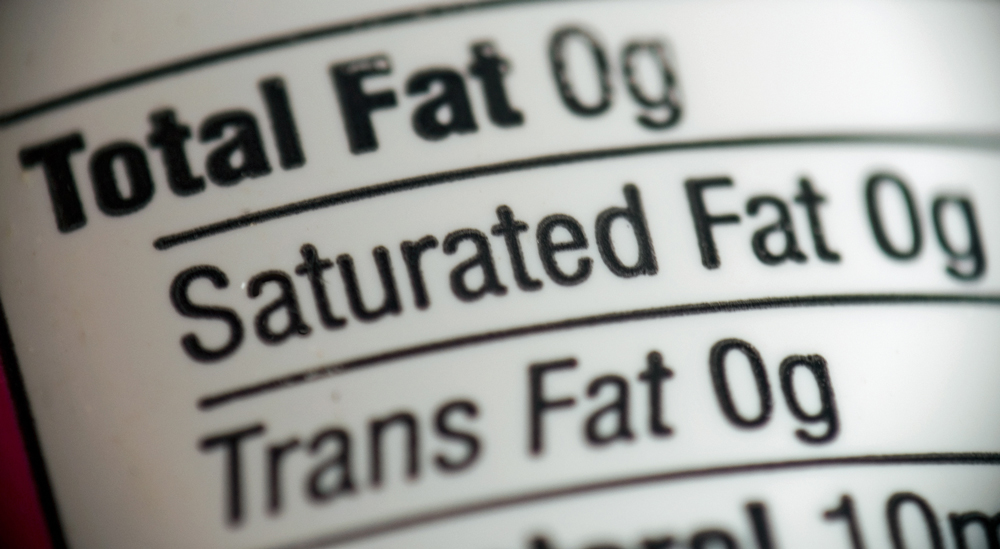Food processing industry trends are essentially always in flux. It’s an industry with constantly changing regulations, as well as new technologies that are changing the process itself. Whatever the reason, it’s important for a food manufacturer to stay ahead of the curve. Here are a few global food processing trends to watch this year and beyond.
A Changing Environment
 The agricultural landscape is changing. As populations shift and the global climate becomes more unpredictable, ingredient suppliers are changing where they farm and what they offer. For food processing companies, that means adjusting to ingredients that are more readily available than others. It also means adapting how to handle and prioritize perishable ingredients. As such, expect to see emphasis on locally sourced ingredients. And for food manufacturers with more of a global presence, expect more segmentation in terms of what is offered where.
The agricultural landscape is changing. As populations shift and the global climate becomes more unpredictable, ingredient suppliers are changing where they farm and what they offer. For food processing companies, that means adjusting to ingredients that are more readily available than others. It also means adapting how to handle and prioritize perishable ingredients. As such, expect to see emphasis on locally sourced ingredients. And for food manufacturers with more of a global presence, expect more segmentation in terms of what is offered where.
A Shorter Supply Chain
The food manufacturing supply chain has gotten shorter in recent years. The environmental factors mentioned above are fueling the trend, but that’s not the only reason. The shorter supply chain is in part due to how manufacturers are cutting back transportation expenses. It makes more economical sense to focus on a region than it might have a decade ago. Technology is also making a shorter supply chain possible. Food manufacturers have more capabilities than ever. Then there are general consumer preferences. There is a growing appeal in food products that can be traced locally.
Greater Regulation
 The globalized economy has meant vastly more complex regulations for food manufacturers around the world. Standards for sanitation, for example, are far from uniform. And certain ingredients, such as sugars and saturated fats, are up against greater resistance from regulatory bodies. For food manufacturers, this means they must pay close attention to changing laws at every level of government. Additionally, it provides even more rationale for a segmented food manufacturing market. After all, if regulations abroad put too much of a financial burden on a food manufacturer, it will make more sense to operate locally.
The globalized economy has meant vastly more complex regulations for food manufacturers around the world. Standards for sanitation, for example, are far from uniform. And certain ingredients, such as sugars and saturated fats, are up against greater resistance from regulatory bodies. For food manufacturers, this means they must pay close attention to changing laws at every level of government. Additionally, it provides even more rationale for a segmented food manufacturing market. After all, if regulations abroad put too much of a financial burden on a food manufacturer, it will make more sense to operate locally.
It will be exciting to see where these trends take us, and it will be interesting to see the impact on the end product. PacMoore has always been at the forefront of change in this industry. From changing regulations to regional consumer preferences, our customers can trust us to be ahead of the game in every area of our delivery, including extrusion, spray drying, dry blending, consumer packaging, and more.
 RELATED CONTENT: 5 Consumer Trends Impacting the Food And Beverage Supply Chain
RELATED CONTENT: 5 Consumer Trends Impacting the Food And Beverage Supply Chain
Share this on Facebook, Twitter, LinkedIn, or email to a friend.
Click below to share:




